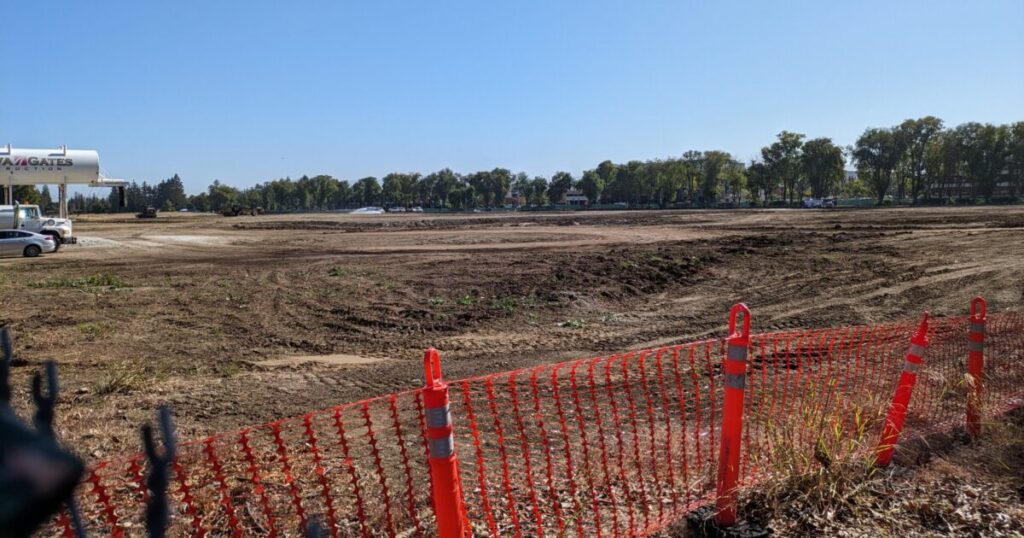Cupertino is known for its wealthy tech world. But one in four households struggles with the cost of living in a city slow to build affordable housing.
The city’s proposed housing plan for the next five years, which it submits to the U.S. Department of Housing and Urban Development (HUD) for grant funding, reveals 26% of Cupertino’s 21,137 households are low income. At the same time, Cupertino hasn’t been building more housing to accommodate its vulnerable residents. The city only saw a 4% increase in housing stock, including affordable homes, between 2013 and 2023 — one of the lowest spikes out of Santa Clara County’s 15 municipalities. Cupertino has a population of close to 60,000.
Cupertino expects to receive approximately $1.94 million over the next five years, or $387,000 annually, from HUD for projects including home repairs for low-income families and homelessness prevention services. The Housing Commission unanimously approved the plan’s priorities Thursday, which include affordable housing, homelessness services and infrastructure and workforce investments. The City Council already approved it in April.
Housing Commission Chair Connie Cunningham said she’s not surprised by the number of low-income households because the city’s high housing costs are straining families’ budgets. She said housing has never been a city priority, but she’s optimistic about affordable housing in the pipeline, including a project on Mary Avenue.
“Things are changing in Cupertino,” Cunningham told San José Spotlight. “We are making some steps forward for housing.”
The funding Cupertino expects could be at risk under federal budget cuts — which are impacting everything from libraries to health care — but city officials said things are looking good so far. If the city receives it, the money could help create more opportunities for residents like Dianna Ferris.
Ferris has lived in one of the few affordable apartments in the city for about a year, which she can only afford because nonprofit Abode subsidizes some of her rent. The average gross rent in Cupertino increased 75% between 2013 and 2023 to $3,500, according to the housing plan. About 33% of renters are burdened by housing costs, meaning they pay more than 30% of their income toward home expenses.
Ferris wants more affordable housing for people like her who don’t make the city’s typical income. Cupertino households averaged about $231,139 a year between 2019 and 2023, according to U.S. Census data.
“Not everybody makes software engineer salaries and people need to be close to where they work,” she told San José Spotlight.
Affordable housing in Cupertino has a complicated history.
The Rise, a controversial housing project that will fill the empty lot where Vallco Mall used to be, promises 890 affordable apartments — but has been in the works for more than a decade. Nonprofit Eden Housing, along with the county, is in the process of building 250 to 300 affordable homes for educators. That project is expected to be move-in ready by 2028.
Andrea Osgood, chief of real estate development and executive vice president for Eden Housing, said the federal funding the plan could guarantee is important because that early money helps get projects off the ground. “I would love to see continued strengthening of this program and use of it, both here in California, but really all across the country, because housing continues to be and is a growing challenge,” she told San José Spotlight.
“I would love to see continued strengthening of this program and use of it, both here in California, but really all across the country, because housing continues to be and is a growing challenge,” she told San José Spotlight.
Yvonne Thorstenson, member of pro-housing group Cupertino for All, said while the grant funding is small, it’s still significant for the stability of struggling residents.
“When we address affordability, we support school enrollment (and) small businesses with staff and customers, and reduce environmental impacts,” she told San José Spotlight.
Contact Annalise Freimarck at [email protected] or follow @annalise_ellen on X.


